Milan celebrates ’Women in Italian Design’ at Esposizione Internazionale
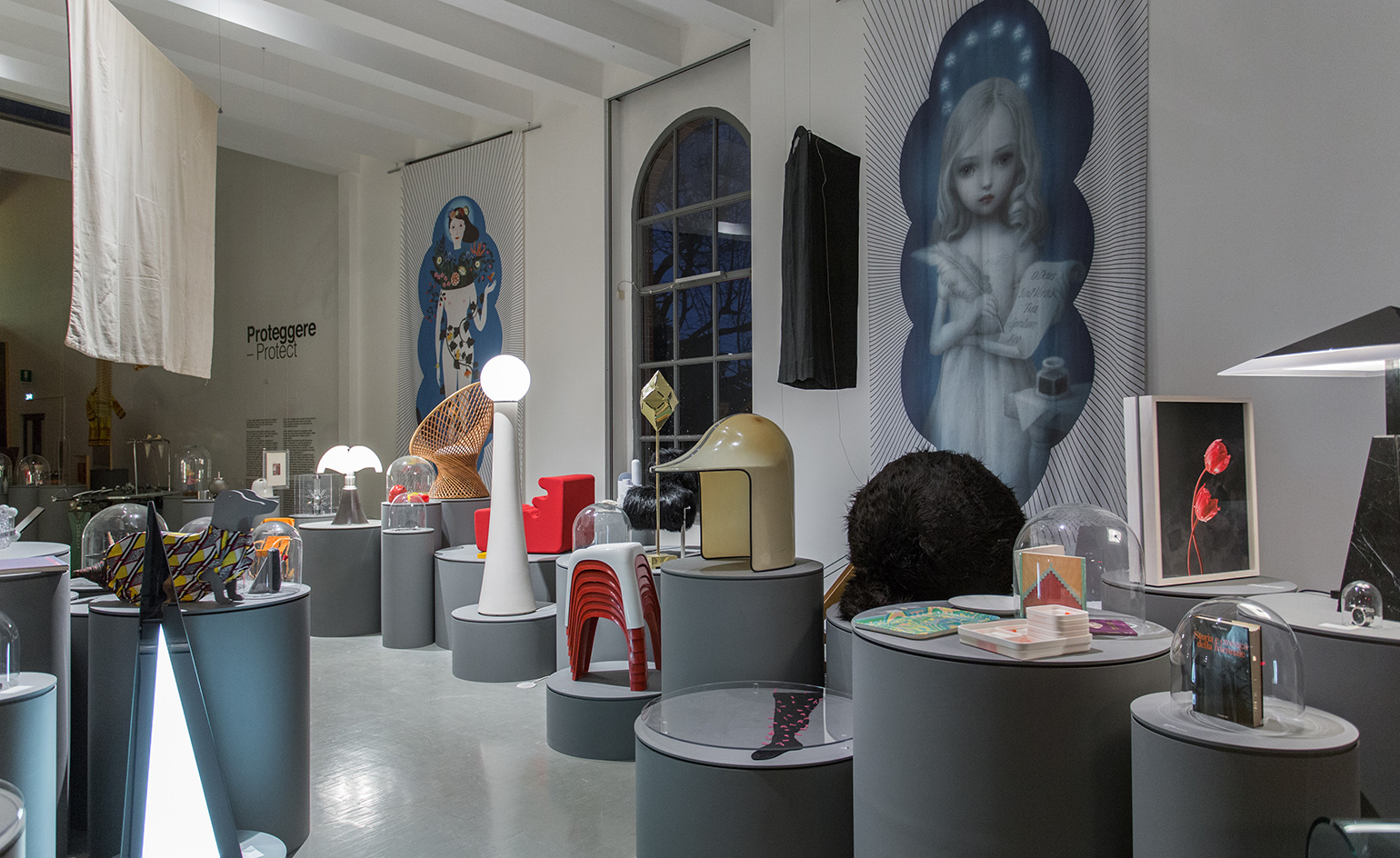
Having taken off during last year’s Expo, Milan’s Triennale is on a roll. In honour of the upcoming Salone del Mobile, and after a 20 year hiatus, the institution re-launches its Esposizione Internazionale, a single-themed, multi-curated network of exhibitions scattered throughout the city. Twenty exhibits dedicated to '21st Century Design After Design' can be found at the city’s leading contemporary art institutions, including Hangar Bicocca, Fabbrica del Vapore, Museo della Scienza e della Tecnologia (in a new pavillion designed by Luca Cipelletti) and Mudec.
As for the Triennale itself, the design museum is packed with programming associated with the Esposizione Internazionale, as well as single-themed exhibits of note. One of these is an excellent 'Women in Italian Design' show curated by the Triennale’s director Silvana Annicchiarico and designed by Margherita Palli, a Milan based set designer for La Scala.
The show brings together 650 objects designed by 400 Italian women, or female designers working for Italian companies. The show begins in the early 20th century with a weaving room, where women’s design skills were first applied to carpets, tapestries and lacework. From there, it jumps off into a colourful, joyful ride of creative output displayed on grey stacked cylinders, including ceramics, silverware, jewellery, furniture, woodwork and even chocolates – such as the famous 'Bacio Perugina' designed by Luisa Spagnoli (before she came along, the ‘kiss’ confection was given the name ‘punch’ – by a man, obviously).
Work from big female names in design – such as the recently passed Zaha Hadid, Gae Aulenti, Gabriella Crespi, Patricia Urquiola and Elsa Peretti – are all represented and mix easily with now anonymous talents. Italian women who have contributed significantly to Italian design such as Rossana Orlandi and Nina Yashar are represented with their signature sartorial codes; in this case, an unmistakable set of eyewear and turban, respectfully. Another Italian female, Irene Bacchi, created the cool graphics for the catalog and logo.
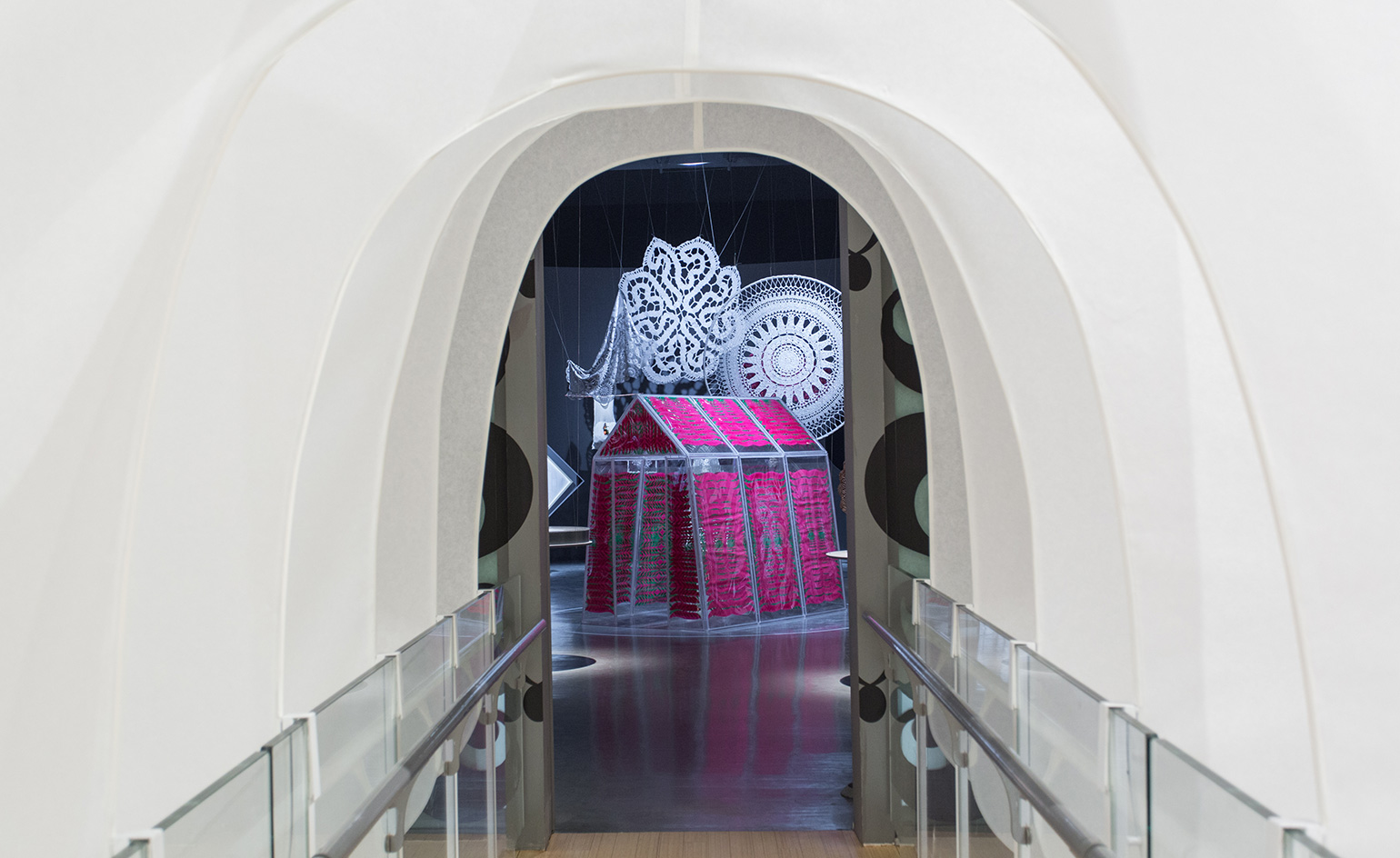
A single-themed, multi-curated network of exhibitions is scattered throughout the city, dedicated to ’21st Century Design After Design’. Pictured: ’Women in Italian Design’ installation view.
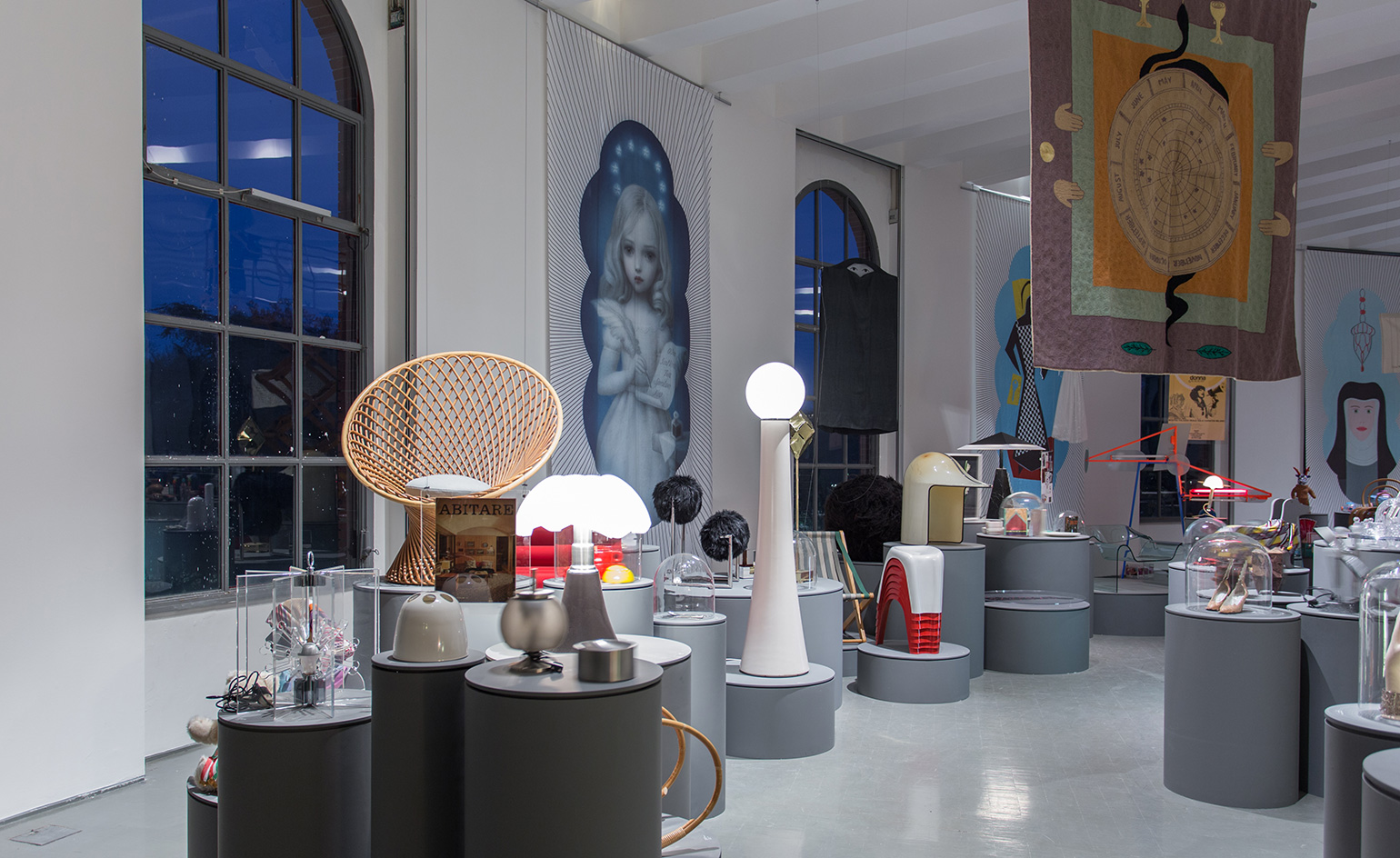
One of the exhibitions is the ’Women in Italian Design’ show curated by the Triennale’s director Silvana Annicchiarico and designed by Margherita Palli, a Milan based set designer for La Scala. Pictured: ’Women in Italian Design’ installation view.
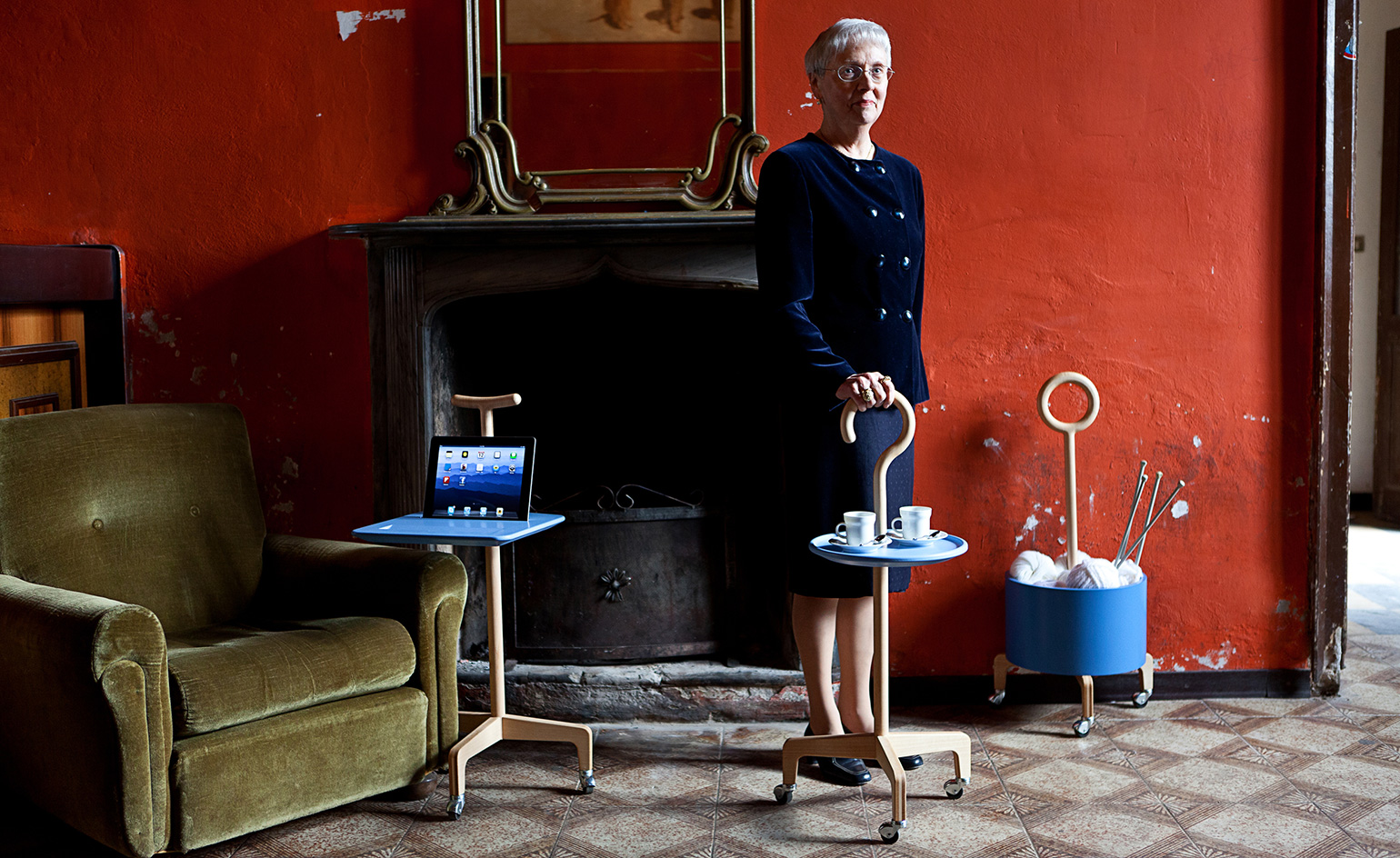
’Women in Italian Design’ brings together 650 objects designed by 400 Italian women, or female designers working for Italian companies. Pictured: ’No Country For Old Men’ canes, by Lanzavecchi + Wai, 2012
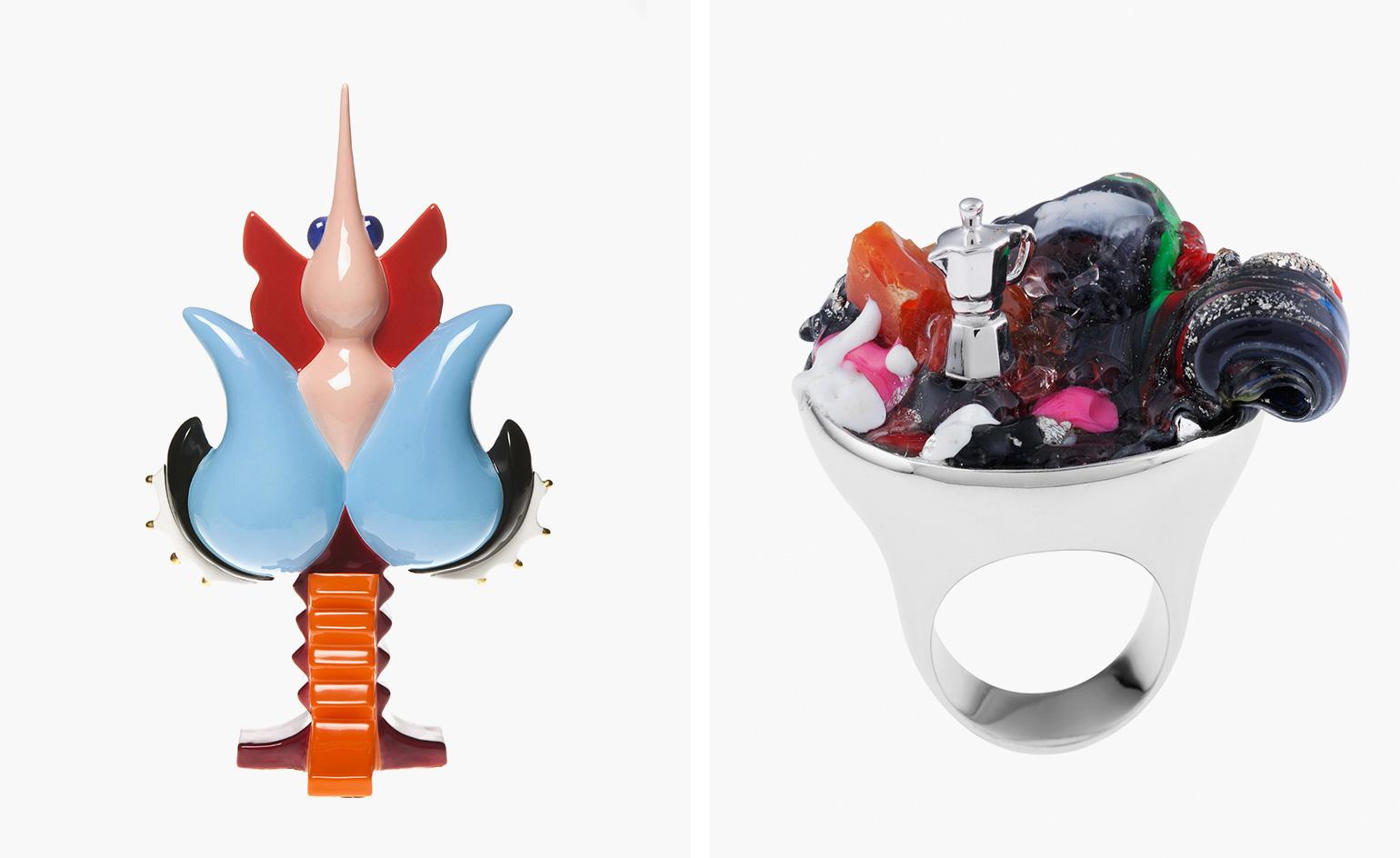
The exhibition is a colourful, joyful ride of creative output including ceramics, silverware, jewellery, furniture, wood work, and even chocolates. Pictured left: ’Baby Alien’, by Fulvia Mendini, for Ceramiche Rigoni, 2009. Right: ’Blob ring – Moka’, by Barbara Uderzo, for Autoproduzione, 1993
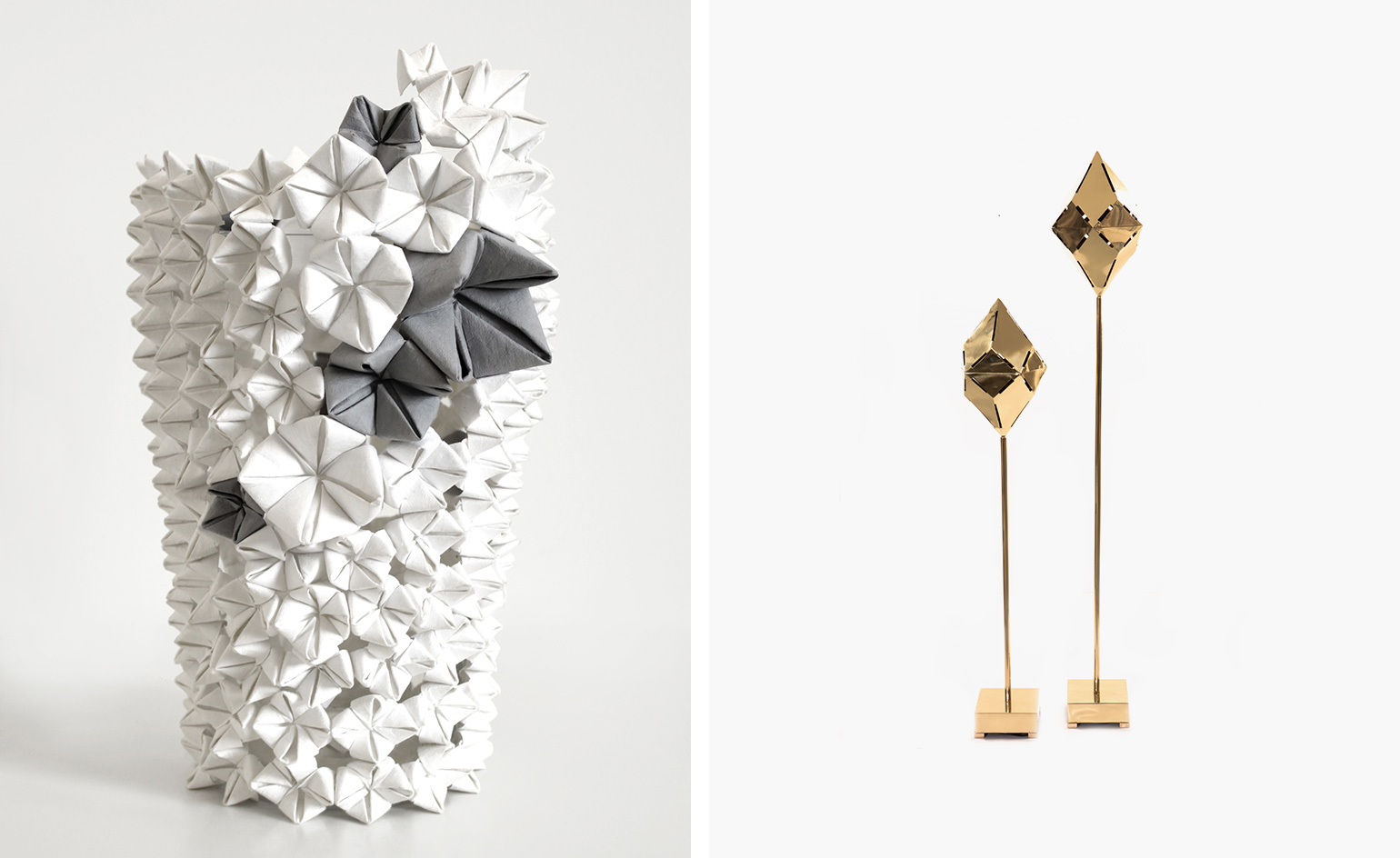
Work from big female names in design sits comfortably with lesser known talents. Pictured left: ’Cover_Vase Origami’, by Elena Salmistraro, for Okinawa, 2010. Right: ’Caleidoscopio’, by Gabriella Crespi, 1970
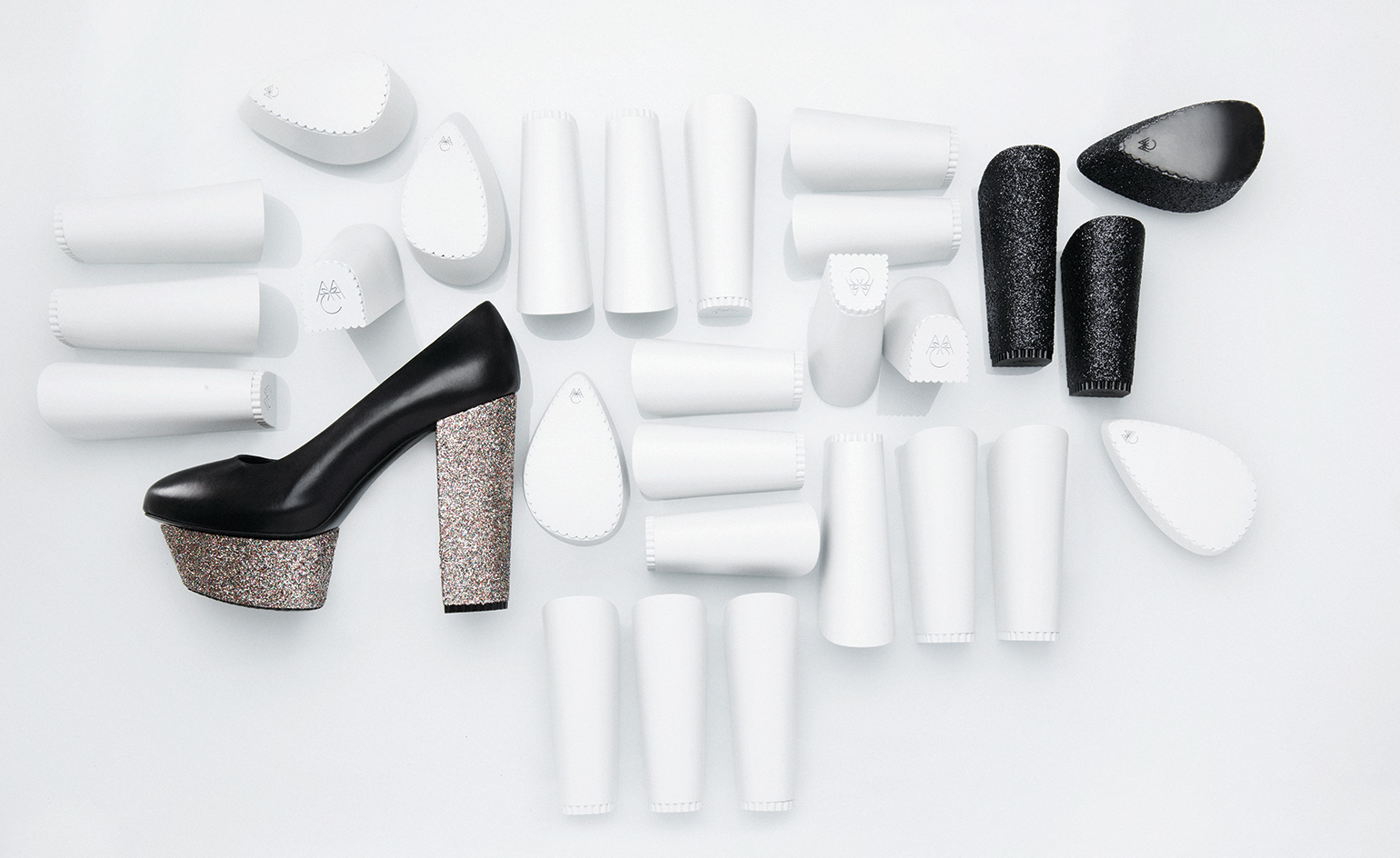
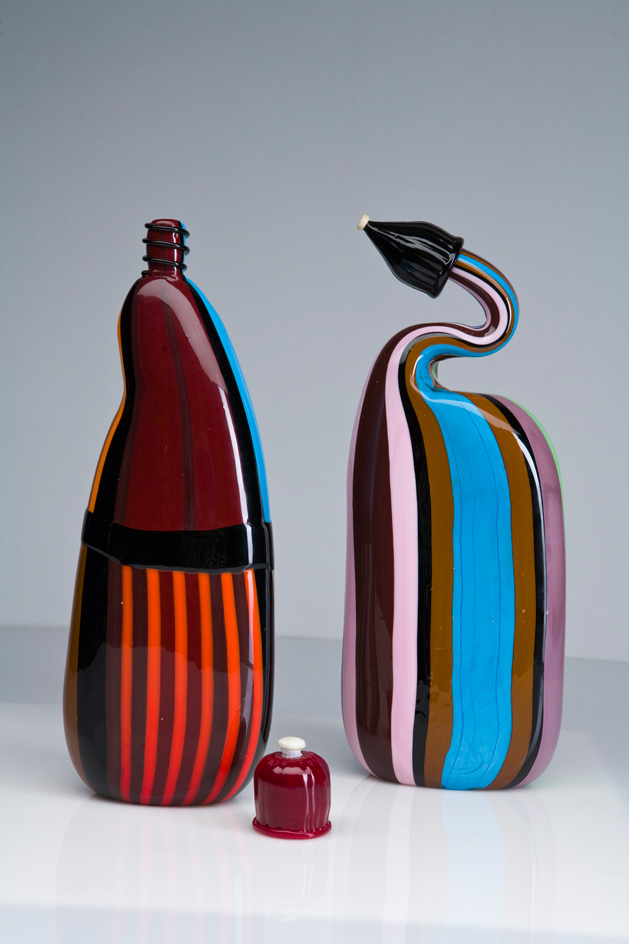
’Detergens’, by Maria Grazia Rosin, for Anfora, Murano, 1992
INFORMATION
For more information, visit the Milan Triennale’s website
Wallpaper* Newsletter
Receive our daily digest of inspiration, escapism and design stories from around the world direct to your inbox.
JJ Martin
-
 Marylebone restaurant Nina turns up the volume on Italian dining
Marylebone restaurant Nina turns up the volume on Italian diningAt Nina, don’t expect a view of the Amalfi Coast. Do expect pasta, leopard print and industrial chic
By Sofia de la Cruz
-
 Tour the wonderful homes of ‘Casa Mexicana’, an ode to residential architecture in Mexico
Tour the wonderful homes of ‘Casa Mexicana’, an ode to residential architecture in Mexico‘Casa Mexicana’ is a new book celebrating the country’s residential architecture, highlighting its influence across the world
By Ellie Stathaki
-
 Jonathan Anderson is heading to Dior Men
Jonathan Anderson is heading to Dior MenAfter months of speculation, it has been confirmed this morning that Jonathan Anderson, who left Loewe earlier this year, is the successor to Kim Jones at Dior Men
By Jack Moss
-
 Eight designers to know from Rossana Orlandi Gallery’s Milan Design Week 2025 exhibition
Eight designers to know from Rossana Orlandi Gallery’s Milan Design Week 2025 exhibitionWallpaper’s highlights from the mega-exhibition at Rossana Orlandi Gallery include some of the most compelling names in design today
By Anna Solomon
-
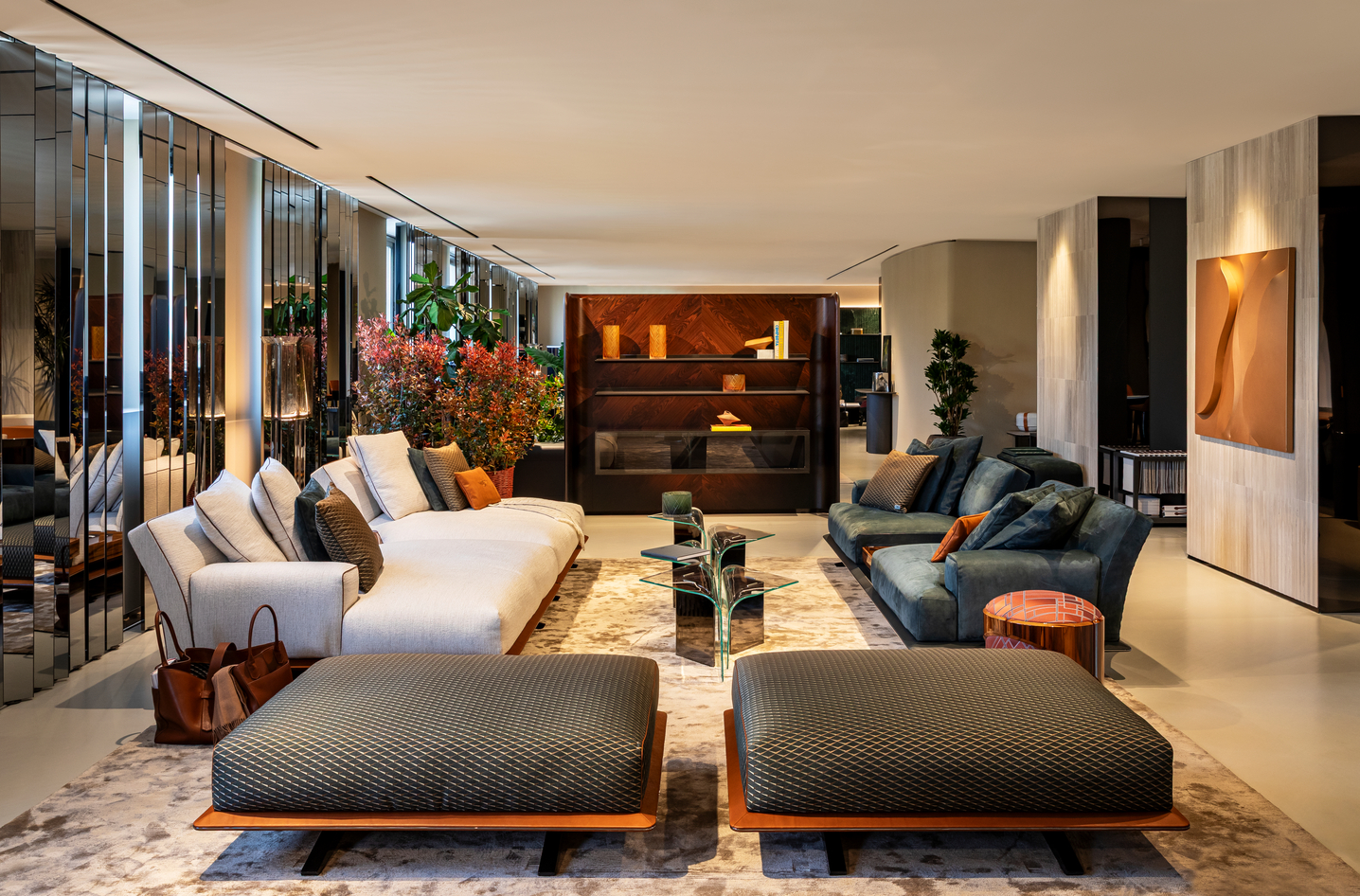 Bentley’s new home collections bring the ‘potency’ of its cars to Milan Design Week
Bentley’s new home collections bring the ‘potency’ of its cars to Milan Design WeekNew furniture, accessories and picnic pieces from Bentley Home take cues from the bold lines and smooth curves of Bentley Motors
By Anna Solomon
-
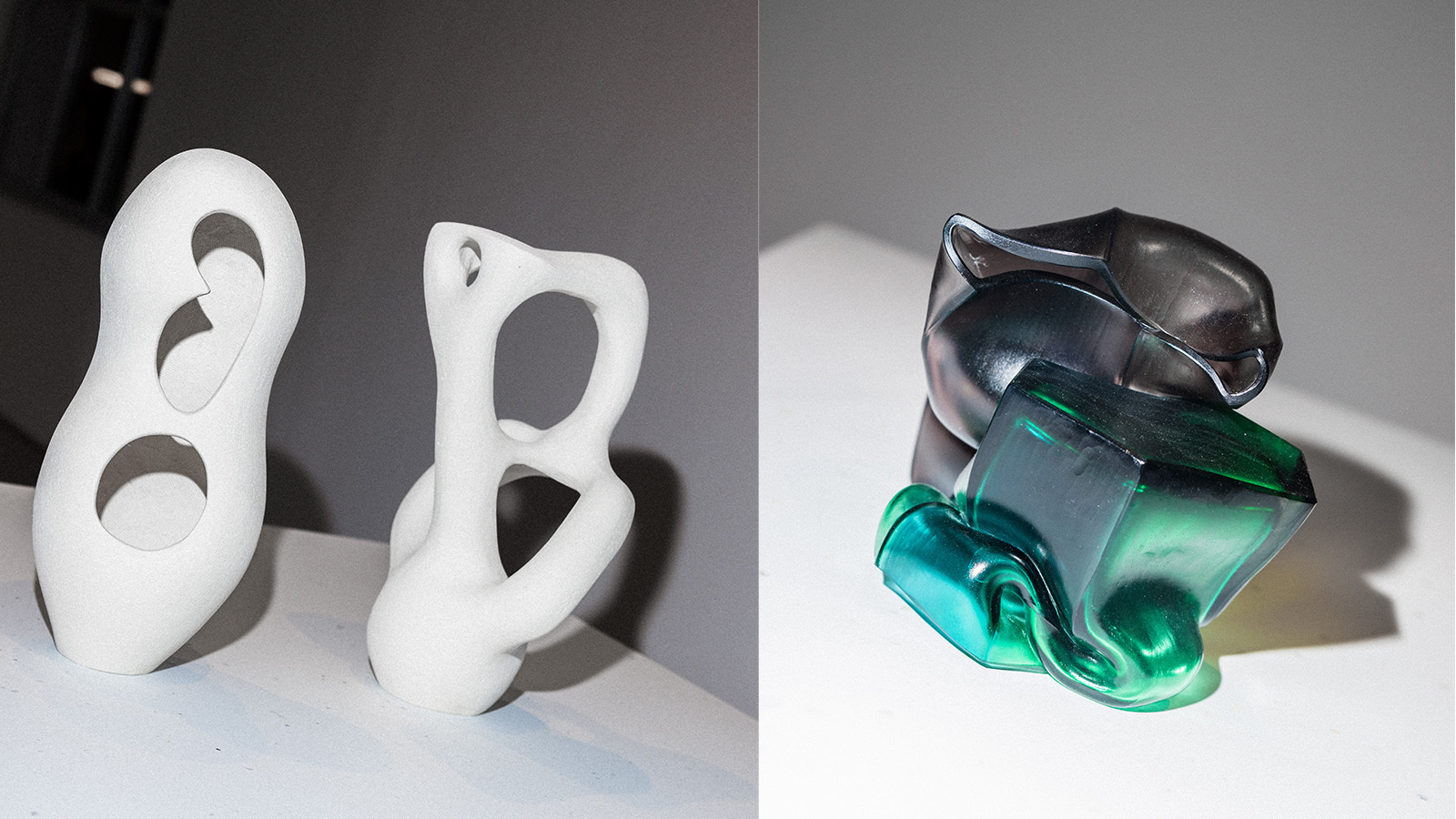 StoneX partners with Wallpaper* for material alchemy at Milan Design Week and beyond
StoneX partners with Wallpaper* for material alchemy at Milan Design Week and beyondThe natural stone purveyor teams up with Wallpaper* for a three-year partnership of material adventures, starting with an exhibition at Triennale di Milano
By Simon Mills
-
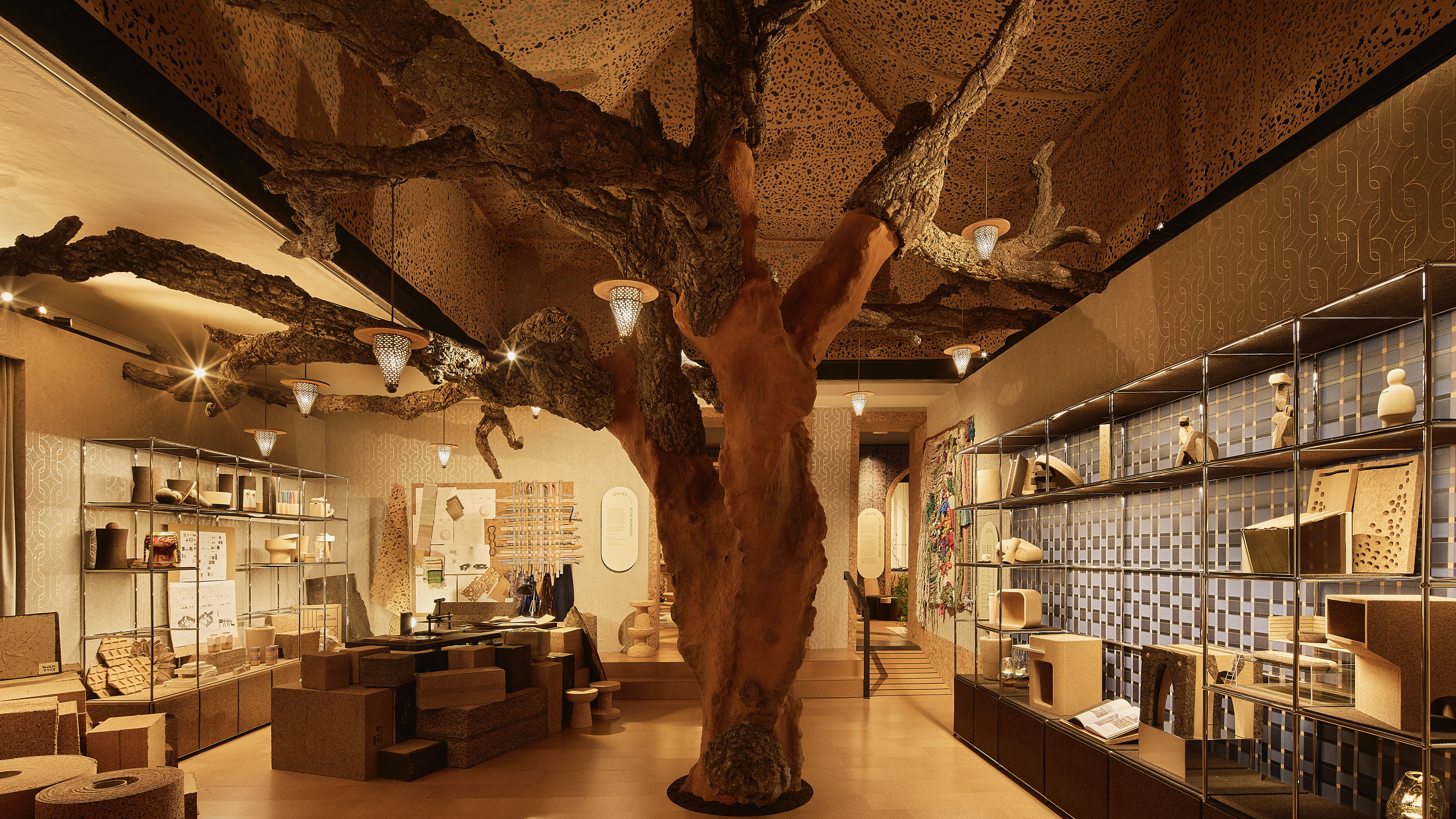 David Rockwell’s Milan Design Week presentation is a love letter to cork
David Rockwell’s Milan Design Week presentation is a love letter to corkRockwell Group’s Casa Cork installation showcases this under-appreciated material, which is infinitely recyclable and sequesters carbon for decades
By Anna Solomon
-
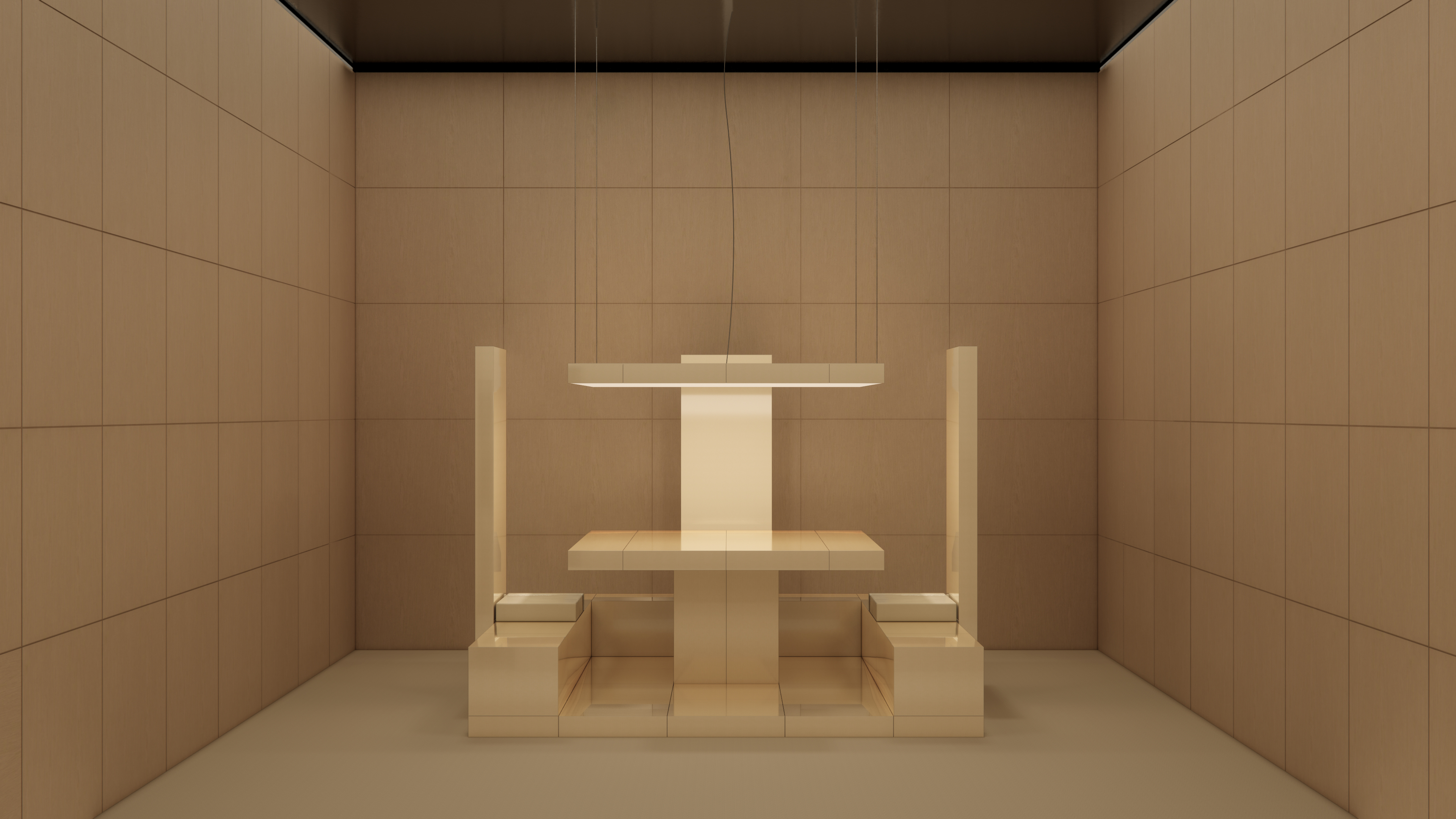 Emerging galleries to discover during Milan Design Week
Emerging galleries to discover during Milan Design WeekWallpaper’s Milan editor has the inside track on the younger design galleries coming to town
By Laura May Todd
-
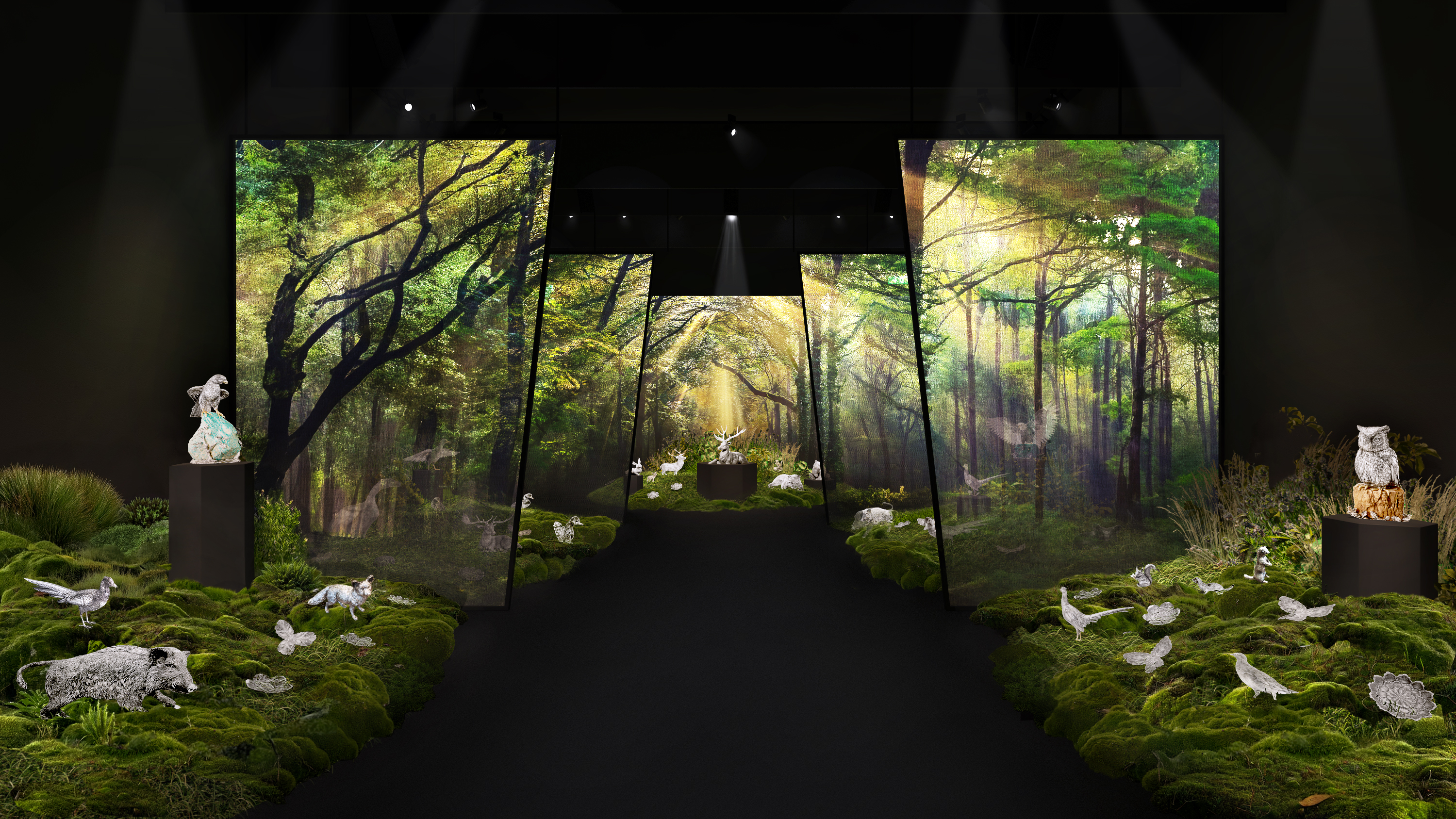 Buccellati brings the forest and Furry Animals to Milan Design Week
Buccellati brings the forest and Furry Animals to Milan Design WeekThe jewellery and silverware maison falls back on tradition for its Milan showcase, presenting its now-emblematic collection of intricately crafted creatures
By Laura May Todd
-
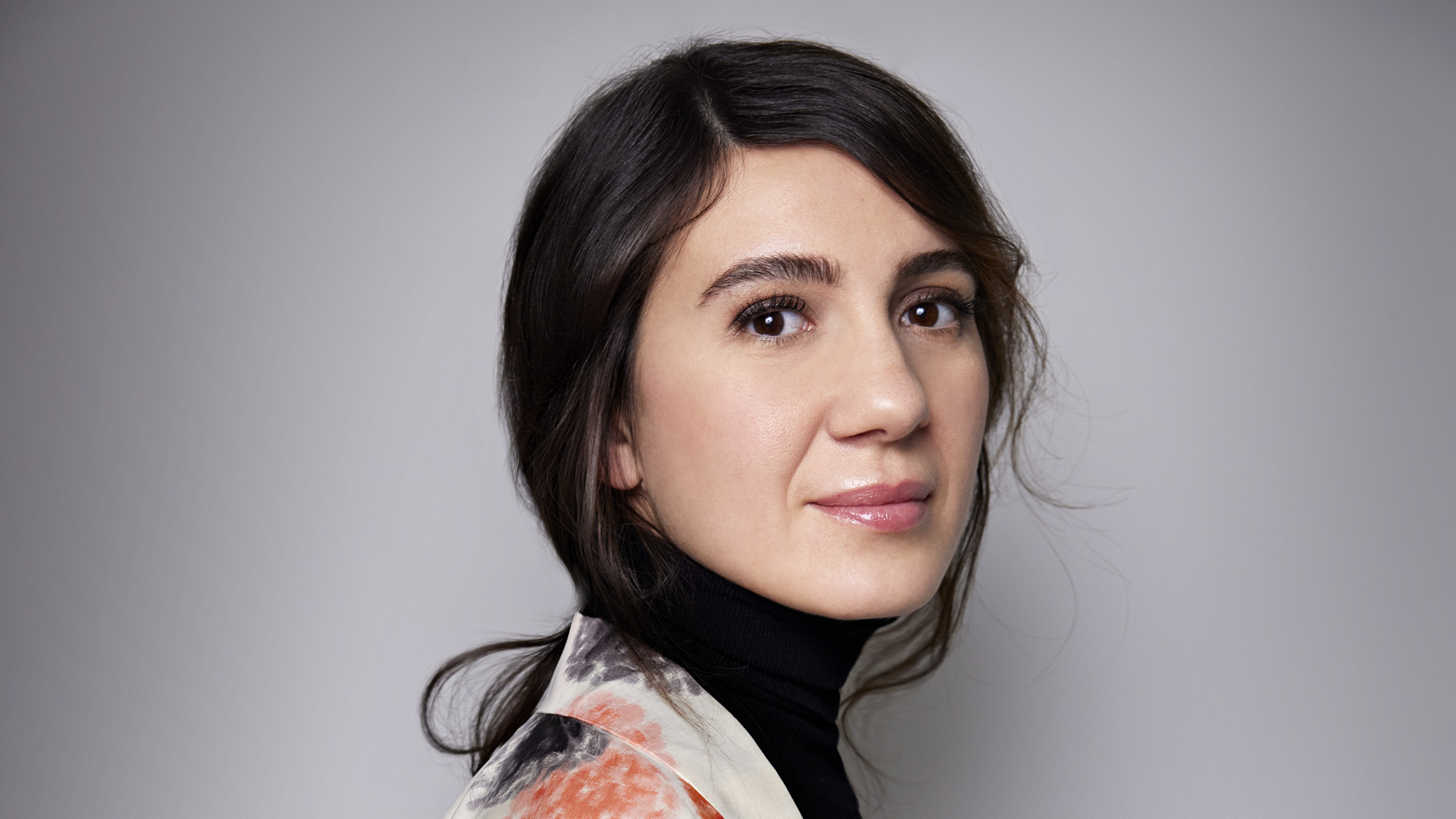 Where next for Salone del Mobile? Maria Porro on the future of the world’s biggest furniture fair
Where next for Salone del Mobile? Maria Porro on the future of the world’s biggest furniture fairAhead of Salone del Mobile 2025 in Milan, we sit down with its president to talk design, data and forging the event’s future in a fast-changing world
By Hugo Macdonald
-
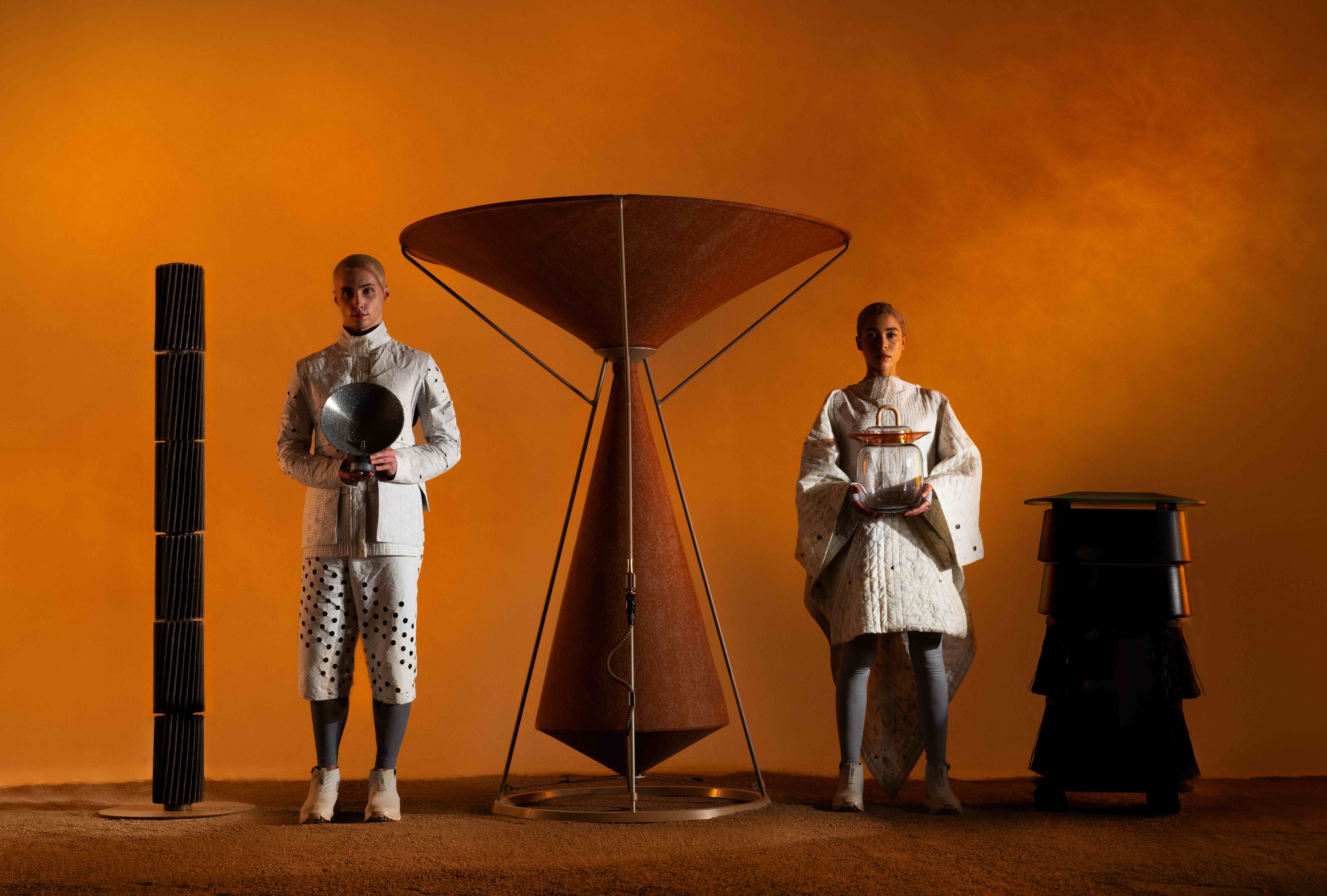 What to see at Milan Design Week 2025
What to see at Milan Design Week 2025A guide to some of the events the Wallpaper* team is checking out at Milan Design Week (7–13 April) – from public installations and major launches to standout venues and must-see exhibitions
By Hugo Macdonald